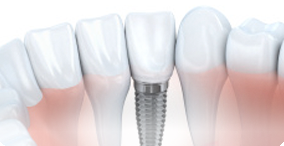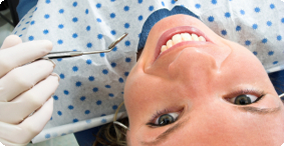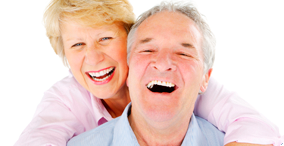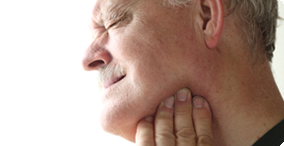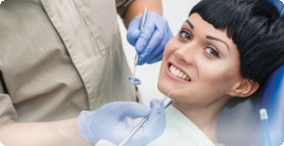How do Neuromuscular Dentists treat TMJ/TMD symptoms?
TMJ / TMD Treatment
If you have been diagnosed with TMJ, our neuromuscular general dentists (not a specialists) can determine the best course of treatment for your specific needs. Typically treatment will follow three steps:
- Relieve muscle spasm and pain.
The immediate priority for neuromuscular dentists is to provide relief of your symptoms. We relax muscles with a gentle massage of the muscles using ULF-TENS (Ultra Low Frequency Transcutaneous Electrical Neural Stimulation). The rhythmic pulsing relaxes the muscles by increasing blood flow and pumping out waste products, plus stimulates the body’s production of endorphins, the body’s natural anesthetic. - Stabilize the bite.
Generally the second step is to fit you with a temporary device, an orthotic, to be worn over your teeth. We then make adjustments to re-shape the orthotic without adjusting the teeth until the bite is stabilized. Once symptoms are relieved and the bite has been stabilized, we will adjust your bite to the correct position. - Final bite correction.
There are a variety of ways to correct your bite once your pain is relieved. Four of the most common of these approaches are:- Coronoplasty/Equilibration – smoothing and reshaping the enamel of the teeth to correct your bite; does not require anesthesia and can be used when the bite is only slightly misaligned.
- Removable Overlay Partials – orthotics that usually fit over the back teeth, designed to maintain an aligned bite.
- Reconstruction – involves making the teeth higher by using crowns to realign the bite and provide structural support for the jaw
- Orthodontics (Braces) – healthy teeth can be moved to the optimal position using braces.

